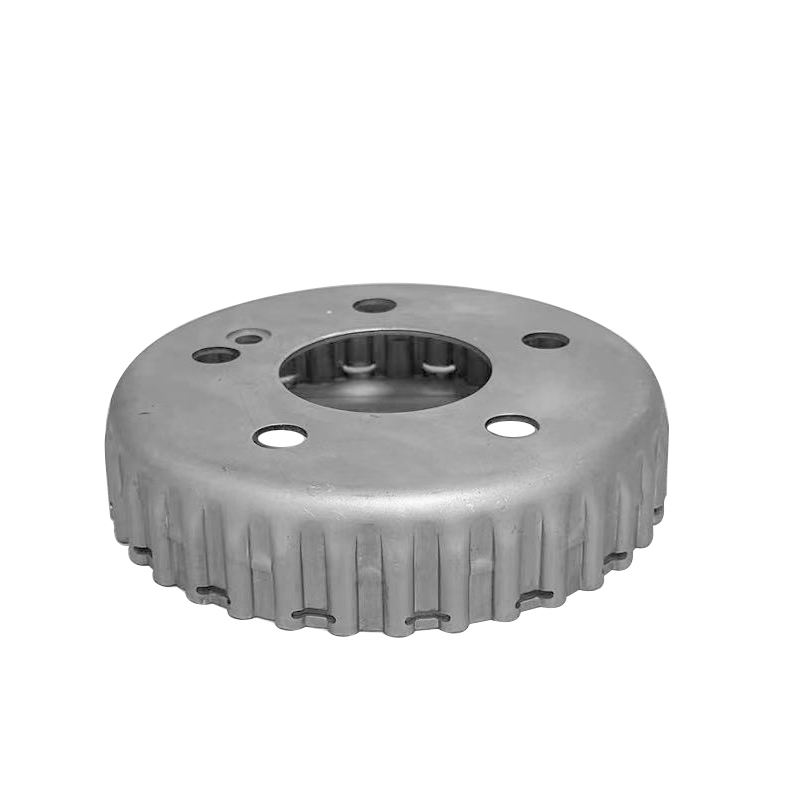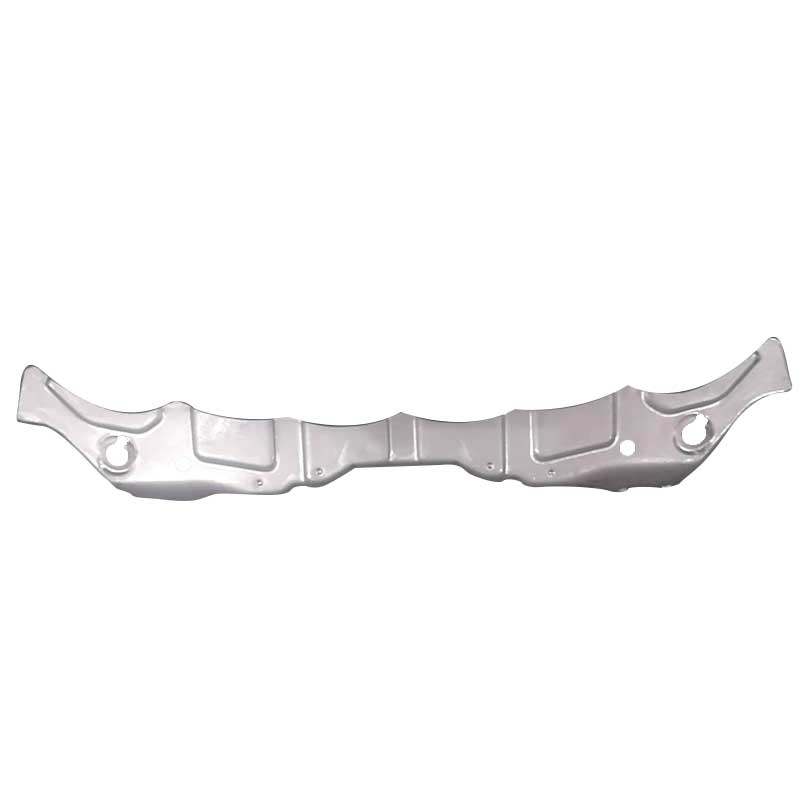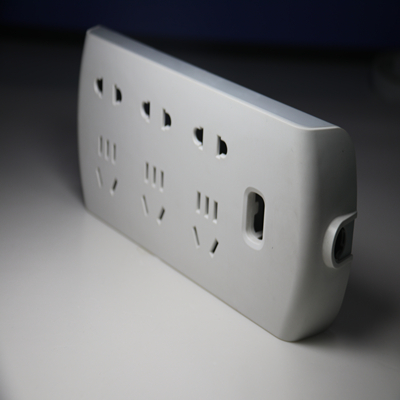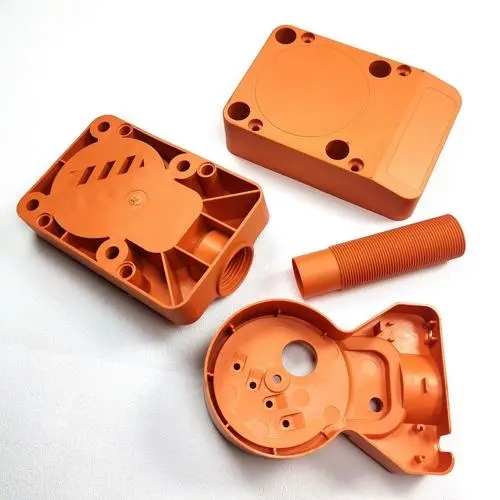metal stamping Parts
deep drawn metal stamping
The technique of metal stamping deep drawing process is extremely complex. In practice, the following important factors should be considered.
1. Selection of materials
Different materials have different tensile properties. The limit of drawing rate is the ratio of blank diameter to stamping diameter. Stainless steel materials are controlled between 2.1 and 2.2 and carbon steel materials are controlled between 2.15 and 2.5. Stainless steel materials can be deep drawn a second time after deep drawing, but unlike carbon steel materials, stainless steel materials generally cannot be drawn to the same extent as the first time unless they are heat treated. Stainless steel materials require equipment that is 1 to 2 times more powerful than carbon steel materials. Generally speaking, it is best to use double-action hydraulic equipment for deep drawing.
2. Selection of lubricating oil
When choosing lubricant, two factors should be considered. It should provide an oil film to prevent scratching and reduce friction. And after the deep drawing operation is completed, it must be able to be easily and thoroughly removed. Can include chlorinated or sulfurized greases or waxes, heavy-duty lotions, or deep-drawn soaps.
Deep drawing is to use a stamping machine and a pull ring or metal mold process to deform the plate-shaped metal material into a cylinder or box-shaped hardware through significant machine force. Common metal deep drawing materials include stainless steel, aluminum, iron, copper and other metal drawn products with different heights.
PREVIOUS:metal pressing and stamping NEXT:Wrench stamping
Categories
Blog
Contact Us
Contact: plastic injection molding Company
Phone: +86 181 6575 9852
Tel: +86 755-27164277
E-mail: windward@seaiint.com
Add: Northwest of Huihao Industrial Park, No. 1, Chuangwei Road, Guangming District, Shenzhen






